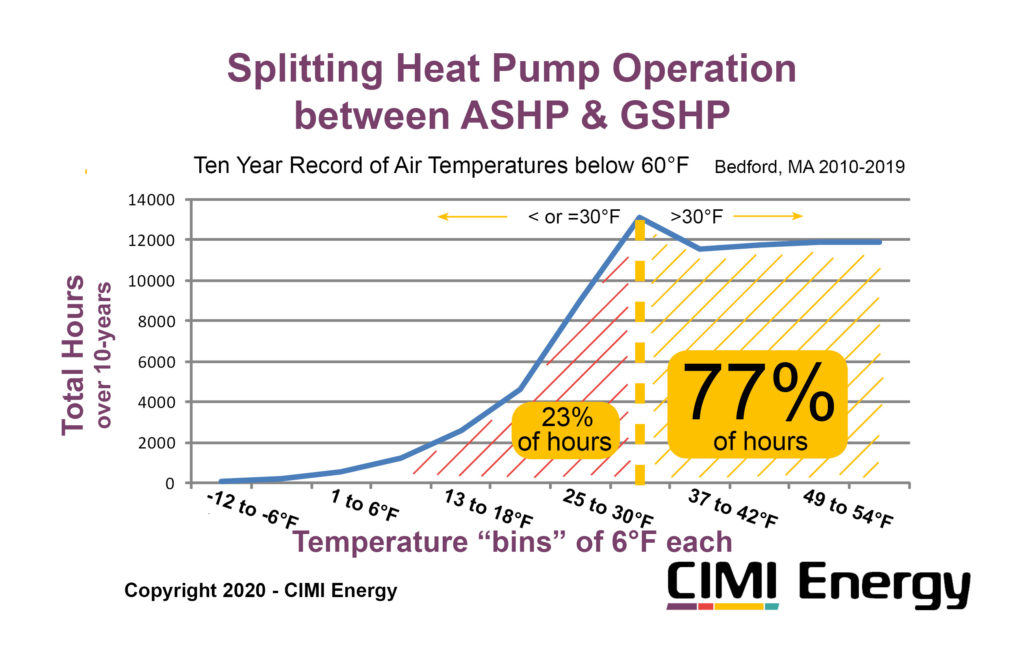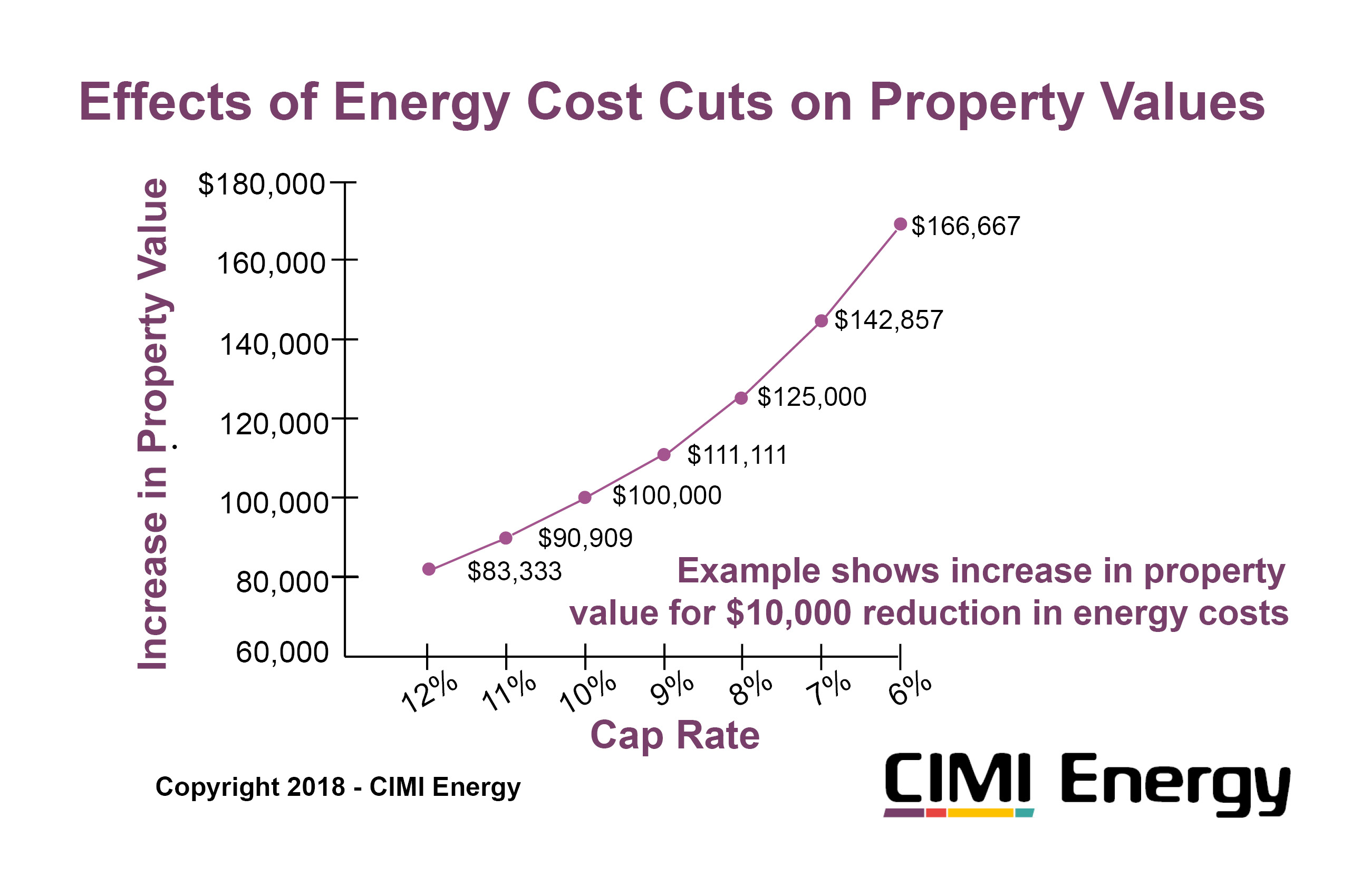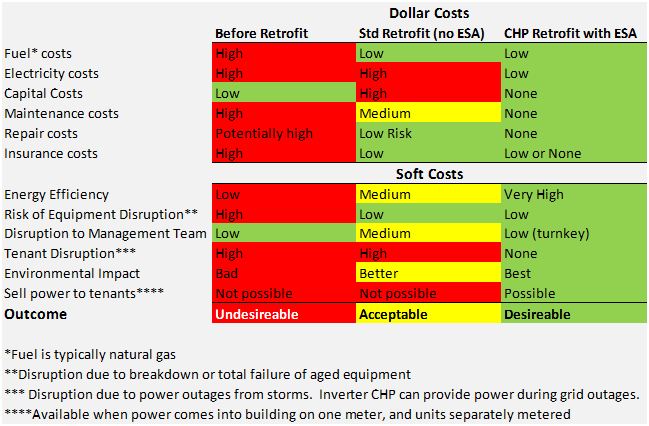ABOUT ENERGY SERVICES AGREEMENTS (ESAs)
Energy Services Agreements essentially outsource your energy in a way that saves you money. Outsourcing has proven to be effective in many areas where core experience and focus are an advantage. Think about payroll services, food services, custodian services, headhunting services, etc. These are areas where outsourcing has taken hold long ago.
The production and consumption of energy has been going through big changes in recent years, leading to a great opportunity for organizations to cut energy costs significantly. To seize the opportunity, however, it takes specialized knowledge, an experienced team of engineers, and new capital equipment.
Ordinarily something like this would take a management team’s time and focus away from their core mission. It would ordinarily require a significant amount of capital to get it off the ground. Capital that could perhaps be preserved, or put to better use on something core to the mission of the organization.
So if an ESA can 1. save you money, 2. doesn’t distract your management team, and 3. requires no upfront capital, then you have a winning formula. That’s why we partner with RENEW Energy Partners, a pioneer in specialized Energy Service Agreements (ESAs) that require no upfront capital.
Advantages of an ESA
Operating Expenditures Saved Through Lower Energy Costs
ESAs save money. Typical ESAs involve replacing old, inefficient energy-consuming assets with new, more efficient assets. Examples include boilers, cooling units, lighting, building controls, etc. Experience has shown that reductions in energy use of between 30% and 50% can be achieved.
Savings Start Sooner
By moving forward with your energy upgrade through an ESA today, you start to gain the benefits of lower energy costs right away. Contrast this with an alternative scenario where you move forward with an energy upgrade independently, but 2 or 3 years further in the future. This alternative means that you miss out on 2 or 3 years of energy savings.
Lower Environmental Impact
By achieving large reductions in energy consumption, the environmental impact of operations is proportionally reduced as well. Carbon emissions in particular are reduced, thereby lowering the carbon footprint of your operations.
Increased Valuation
With an ESA, energy costs are lower, which leads to operating expenditures being lower. Therefore the profitability of the organization is typically increased. Profitability is obviously one key metric that organizations look at, as is valuation, which is also typically higher as well. A building with new HVAC, lighting and controls is valued more highly.
No Added Debt, Preservation of Capital
If an ESA bundles in all the capital, then there’s no upfront capital that’s necessary. Therefore, there’s no debt added to the balance sheet. Capital gets preserved, or deployed in other ways.
Outsourced Maintenance, Repairs & Insurance
By entering into an ESA, an organization essentially outsources all the fixed costs (i.e. equipment capital costs, maintenance, and insurance) related to the energy production. Additionally, during the length of the ESA, the ESA provider covers any equipment repairs, if any.
Less Risk of Breakdown or Failure
An organization that operates old and inefficient capital equipment bears a substantially higher risk of failure. Not everything that can go wrong is evident through inspections, or avoided through routine maintenance. The higher risk of failure leads to a higher risk of incurring repair costs, as well as going without energy for a period of time while the repair is being made.
Full Scope of Improvements Outsourced
By having an experienced team plan and manage the improvements, and optimize those improvements to maximize savings, the heavy lifting needed to make these big improvements is not placed on management.
Leveraging Team of Experts
The ESA comes backed with an experienced team of experts who have completed these types of projects in the past. The team includes financial investors, industry experts, and channel partners such as product manufacturers, engineers, and general contractors.
ESA Payments Can Be Expensed
ESA payments can be treated as a capital expense or as an operating expense.
Disadvantages of an ESA
No Depreciation
The only potential downside to entering into an ESA is that the “buyer” organization doesn’t get to depreciate the cost of the equipment. Of course, in most cases the equipment that’s being replaced is already fully depreciated, so there’s no depreciation impact in the financial statements of the organization.
Of course, if the buyer of the ESA invests in capital or labor instead of spending on the energy assets, that disadvantage is greatly mitigated, or even eliminated.
How an ESA is Priced and Paid For
With a RENEW Energy Partners ESA, no upfront payments are required. Energy audits (including a review of historical energy consumption), planning, and construction costs are all bundled into the ESA. Payments under the ESA are only a portion of the savings, so the organization making those payments is net cash flow positive from the start. The organization continues to pay its utility bills directly to the utility, which become lower, of course, after the investment in high-efficiency equipment is completed.
At the end of the term, the building owner can buy the project at fair market value or renew the ESA.
CIMI Energy’s funding partner is a premier provider of Energy Services Agreements (ESAs). ESAs provide organizations with off-balance sheet funding for energy retrofits. For the term of the agreement, the provider of the ESA maintains ownership of the equipment, and provides maintenance. Energy costs are paid by the customer, with the ESA provider receiving compensation through a portion of the energy large energy savings.
Owner execution risk is low, and there are NO upfront costs. The net result for the customer organization is a reliable and cost-saving energy system that requires no cash and no debt. It’s an off-balance sheet solution with short and long-term benefits. For more details on ESAs, visit CIMI Energy’s ESA page.
Alternatives to ESAs
Self Funding
Energy retrofits can be achieved in a number of other ways. The most common way is self-funding, either with cash on hand, or with a combination of cash and borrowing. However, because the capital costs for large energy retrofits can be very high, this requires tying up a lot of capital. Furthermore, by planning and investing capital for purposes outside the core mission of the organization, management can get distracted, and takes on execution risks.
Nevertheless, if an organization has a lot of free capital, and no higher yielding alternative uses, this can still be a good approach. But if the organization can use that capital for other purposes, either right away or off in the future, then it’s prudent not to spend it on an energy retrofit.
Operating Lease
There’s less upfront capital required with an operating lease, and less execution risk than self funding. An operating lease is essentially renting, and payments are expensed. This method of funding is not suitable for many types of integrated hard assets such as heating and cooling equipment, and other large equipment that’s an integral part of a building system.
Capital Lease
A capital lease is attractive for having low upfront cash requirements. The downside to capital leasing is that the responsibility for project management and ongoing maintenance falls upon the lessee. These are small issues when the products are straightforward, as is the case with trucks, furniture, and computers. For complex projects like large energy retrofits, this is a management responsibility that can require added manpower.
Performance Contract / Energy Services Company (ESCO)
Performance contracts, also known as Energy Savings Performance Contracts (ESPCs) or Energy Management Services (EMS) have achieved some popularity in recent years. They provide a way to fund capital improvements for energy management, maintenance, and energy generation. They typically bundle together investments with short and long-term paybacks, with a resulting medium-term payback for the bundle.
The ESCO is the entity that proposes the ESPC (or EMS), and that carries the responsibility for engineering & design, equipment purchasing, construction management, maintenance, training, measurement and verification (M&V), etc.
Upfront capital costs are high. On the other hand, there is a performance guarantee for up to 20 years as part of the contract. Savings are shared between the organization and the ESCO.
Power Purchase Agreements (PPAs)
Similar to ESAs (see at top), Power Purchase Agreements (PPAs) require no capital, and have low execution risk. While ESAs are for efficiency, PPAs are for power, typically produced on site. A typical example is an installation of a large power producing asset, such as a district heating plant, where power produced is billed, as is the heat (byproduct).
Property Assessed Clean Energy (PACE)
PACE loans are loans which are paid for through property taxes. They are specific for what they can be used for, with energy reduction or efficiency upgrades being accepted investments. As they are geography-specific, they are only available in some communities.
CIMI Energy partners have the experience and expertise to manage PACE-supported projects, and others. Together we can find the right balance of risk, capital, project management, and ongoing equipment management to meet your goals.
Summary
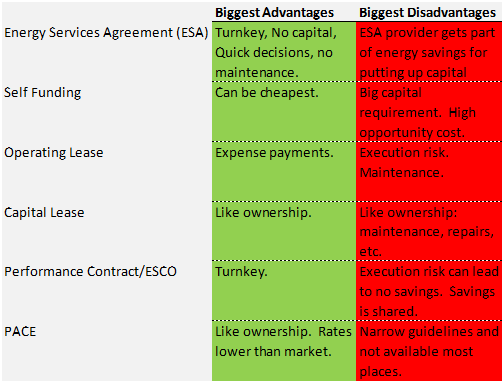
Back to top
CHP (Combined Heat and Power)
Combined Heat and Power (CHP), also known as cogen, or cogeneration, is a fast-growing energy technology in North America and around the world. A large reduction in energy costs (up to about 50%) is the primary reason for this growth.
For typical applications, where there is no change of fuel, the energy cost savings result from dramatically higher system efficiency (power + heat instead of just one or the other), and minimal distribution losses due to power produced on site. In many applications, another cost-saving benefit is peak shaving (the reduction of peak power load bought from the utility). Lowering peak power purchases can greatly reduce costs by avoiding demand rates when they spike.
In areas where electricity costs are high, and natural gas prices are low, CHP yields an excellent payback on investment due to the inherent efficiency in maximizing the utilization of the energy content of the fuel.
How CHP works
As its name suggests, Combined Heat and Power creates both heat and power at the same time.
Various fuels can be used for CHP, such as natural gas, oil, or biomass chips or pellets. The most efficient and cost effective systems use natural gas. Creating power from the combustion of a fuel yields heat as a byproduct.
Ordinarily, most of the heat that’s created during power production, such as at a utility-owned power plant, is wasted. That’s because heat is not transferable over distance the way electric power is. Heat has to be used nearby to where it is produced, and at the time it is produced, or it is lost.
By using the byproduct of power production, heat, CHP uses a higher proportion of the energy content of a fuel than is the case with power production alone.
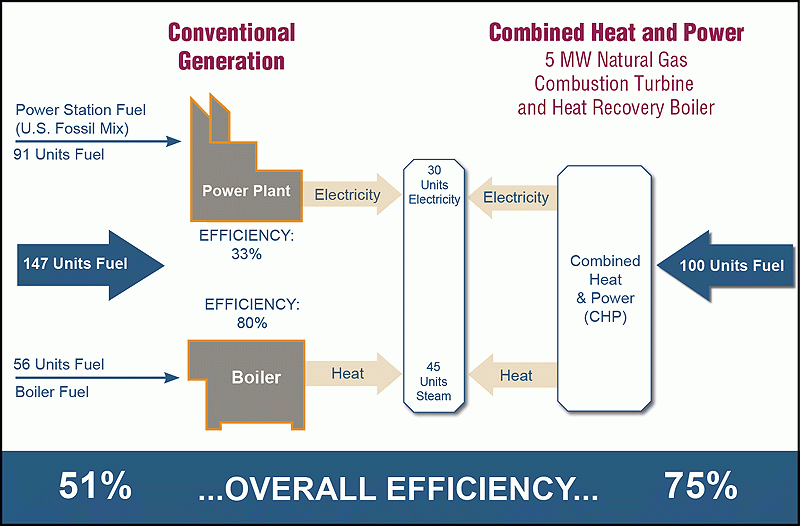
The sankey diagram below provides another look at how much energy is wasted from the production of power at utilities. That wasted energy is largely in the form of heat, which is what you capture when the CHP power production is at your site. Further energy losses from utilities occur in transmission and distribution (T&D).

Reliability and Resiliency
One of the great advantages of CHP is the capability to provide heat and power to a building even during power outages. This is a great advantage where the grid is not so reliable, or where large storm events like hurricanes, tornadoes, ice storms , and human-caused events can cut power.
Not every CHP unit is capable of providing power during a blackout. The units that can do so have inverters to support this capability.
Typical CHP Applications
As mentioned above, CHP is most attractive in areas where electricity costs are relatively high, and where natural gas prices are comparatively low. Applications such as large multifamily buildings, industrial plants, hospitals, and schools are all good candidates because they all use both heat and power.
Selling Electricity for a Profit with CHP
In some multifamily buildings, power comes in through a single metered connection, from which power is separately metered to individual units. In such cases, it may be possible for the landlord to pay a lower, commercial rate and charge tenants a higher, retail rate. This adds to profits, as well as to the value of the building.
Investigating CHP
CHP is worth investigating to cut energy costs, increase your capacity to produce heat, and to lower your peak power from your utility.
Take a look at the blog post on evaluating your options here.
Additional Resources
The US EPA has an in-depth overview in a 24 page PDF on their website here.
Back to top of post
Continue reading “CHP (Combined Heat and Power)”


